Unlocking Data Storage: The Traditional Data Warehouse vs. Cloud Data Warehouse
Sisense
NOVEMBER 12, 2020
Data warehouse vs. databases Traditional vs. Cloud Explained Cloud data warehouses in your data stack A data-driven future powered by the cloud. We live in a world of data: There’s more of it than ever before, in a ceaselessly expanding array of forms and locations. Data warehouse vs. databases.

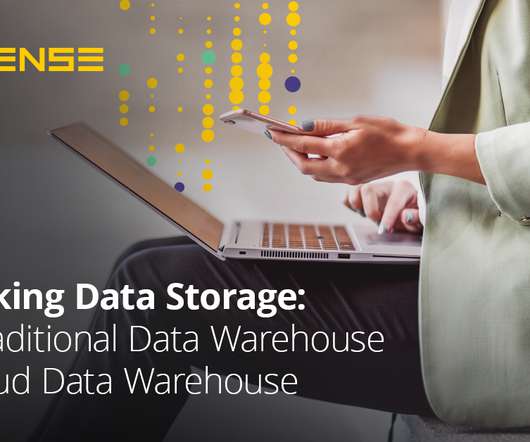
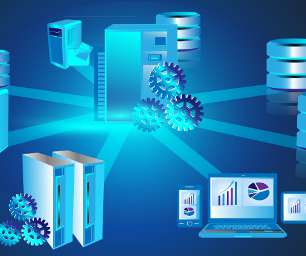
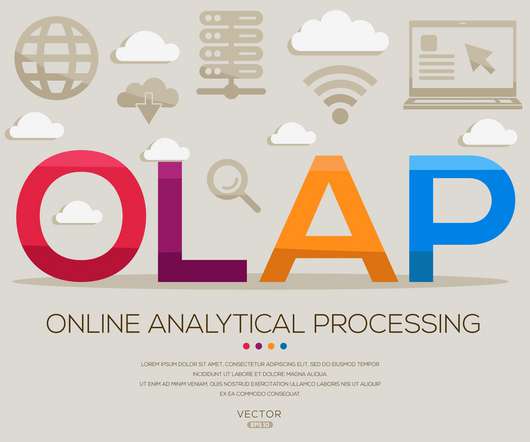


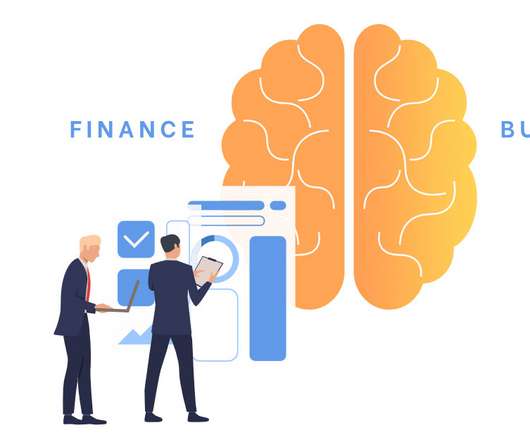


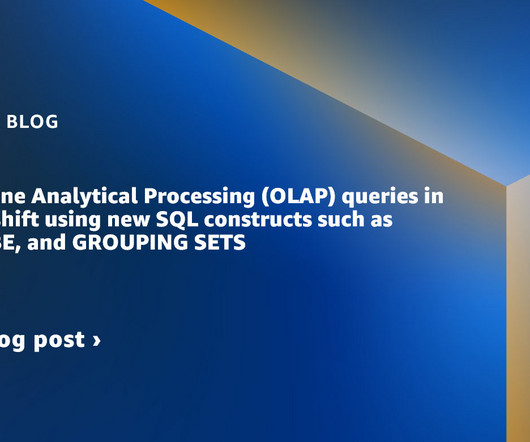



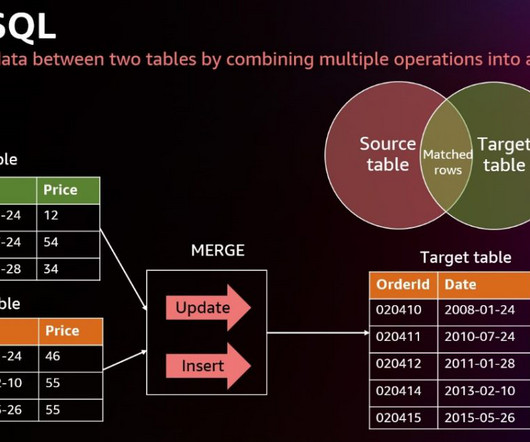


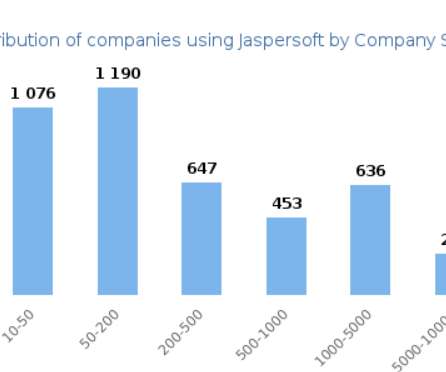
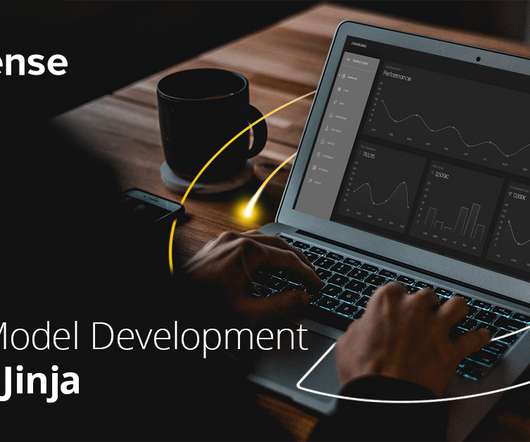
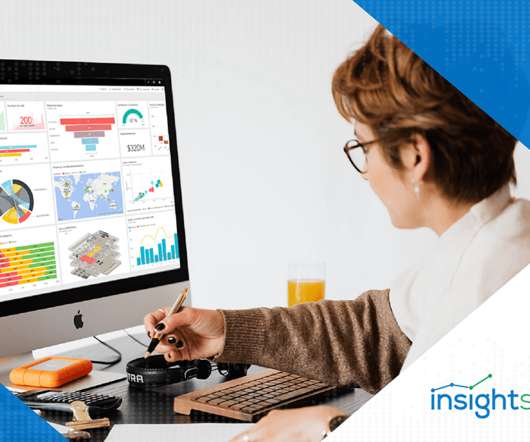
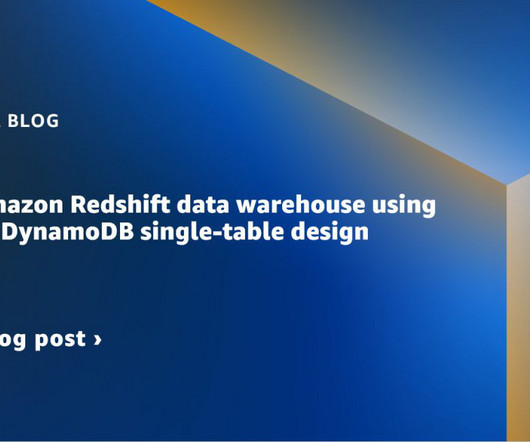


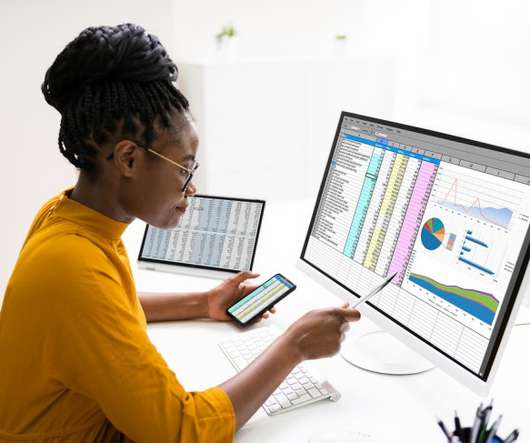








Let's personalize your content